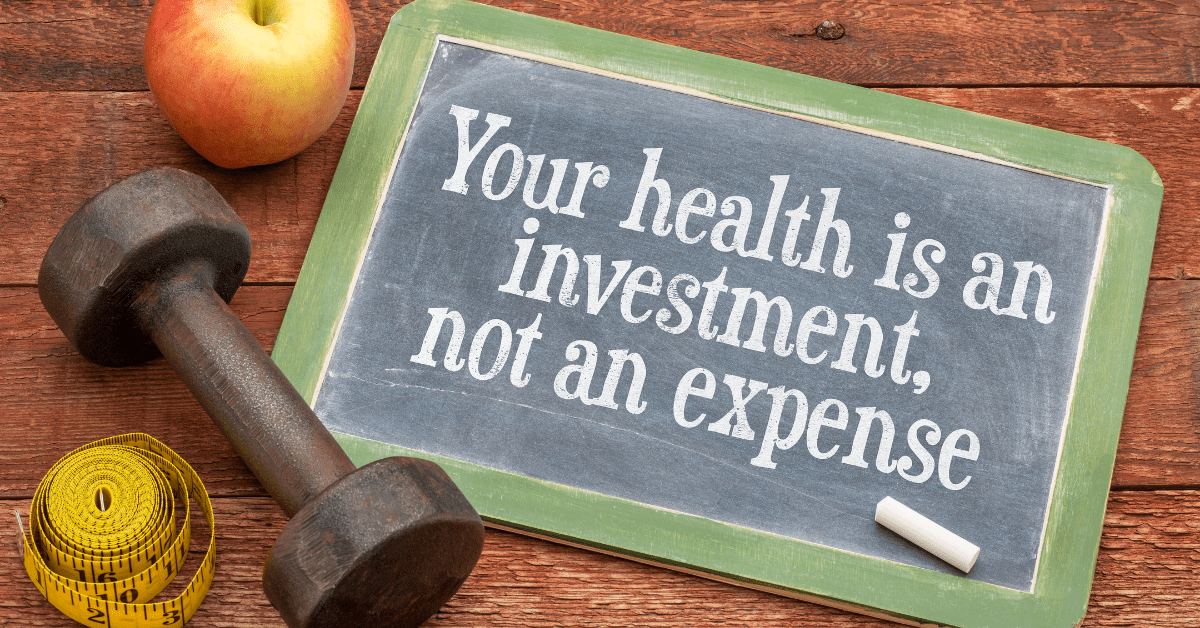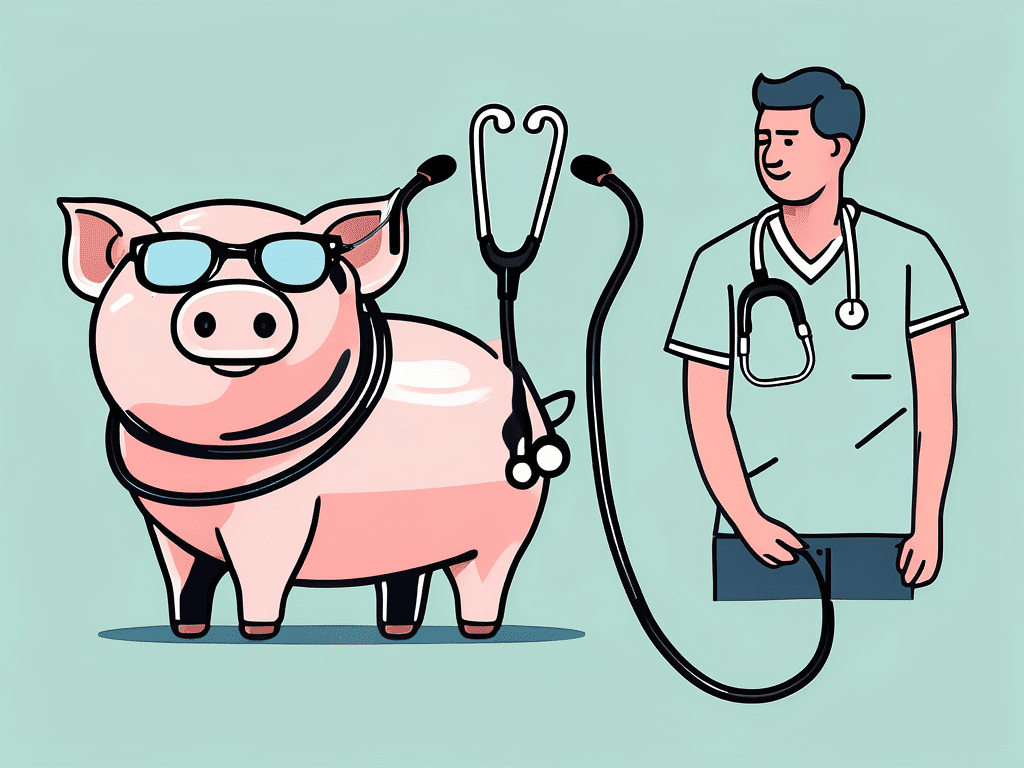Just like humans, anxiety is feeling that most dogs will feel at some point in their action-packed lives. It’s usually a fleeting feeling that will only present itself every now and then, but it’s not out of the ordinary for these apprehensive tendencies and behaviours to become prolonged. When this occurs, dangerous and unhealthy actions can become the norm.
Today, we’re exploring how anxiety presents itself in our furry best mates and what routes owners can explore to avoid the doggy jitters. Being able to identify problematic behaviours as they unfold means you’re giving your dog the best chance to beat them, so we’re also diving into the symptoms to look out for.
Now, let’s all take a deep breath (you too Buster!) and unpack the roots of canine anxiety disorder.
What anxiety symptoms am I looking for?
Anxiety in dogs may present itself in a myriad of different ways. The most prevalent symptoms include:
- Aggression
- Compulsive behaviours
- Cowering
- Drooling
- Depression/over-tiredness/absentness
- Destructive behaviour
- Excessive barking
- Panting
- Restlessness
- Self-chewing or licking
- Urinating or defecating in the house
An occasional dip into any one of these behaviours does not usually lead to a surefire anxiety diagnosis. It’s when they become recurrent or dangerous to property, their owners or themselves that the avenue is explored.
Analyse these symptoms with a veterinarian as soon as you notice them. This is because the longer these behaviours go unchecked, the more likely they’ll become an intrinsic part of doggy life and be very difficult to overcome. When that presents itself as consistently shredded doorways or shoes every time you head to work, everyday golden puddles on the carpet or constant barking, you’ll quickly understand that it pays to be an observant and proactive owner.
But before we dive into ways to treat and prevent, let’s first understand why.
Why could my dog be anxious?
Fear
Fear-based anxiety is usually built upon trauma – loud noises, physical knockups, strange environments, weird textures or rogue vet experiences to name a few. This can result in a dog acting problematically on exposure to certain stimuli. For example, if Buster is attacked by a certain breed of dog, he may react sheepishly or aggressively the next time he gets close to a pup of the same breed. Remember, your pup remembers too!
Age
As the doggy brain ripens with age, memory and depth of perception are usually in the first carriage of the deterioration train. Picture the ol’ girl unable to remember where she sleeps, unsure how to find her way around the dog park. That realisation of forgetfulness is a rough one that transcends species – just imagine how that would make you feel!
Separation
Where a dog is unable to be content on its own. This kind of anxiety is known for being rather destructive, with poo piles and chewed table legs near entrances and on front doorsteps usually part of the story.
How can I treat dog anxiety?
Counterconditioning
This involves rewiring a dog’s response to anxiety-inducing stimuli by exposing them to them in a controlled environment. The aim is to replace the anxious or aggressive reaction with a sustainable one. Bribe with treats!
Medication
In rather severe cases of doggy anxiety, a veterinarian may prescribe animal-specific SSRIs and antidepressants. There is no one-size-fits-all with dog anxiety medication, so it’s worth observing your pup’s demeanour and actions regularly if you explore this route and apply change as you see fit.
Calming vests
While your average ball or frisbee can provide days of solo fun and stimulation, some dogs need something a little more to feel stimulated. That’s where calming vests come in. They’re attributed to using pressure to release calming hormones and allow your pup to feel cuddled 24/7.
Vet first - apply solutions later
A veterinary consultation is the key to a sustainable doggy anxiety journey, providing any owner the qualified groundwork to an effective treatment or prevention path. Lucky, ExtrasJar’s flexible and effective extras cover gives you the peace of mind that your pup will probably be covered. Anxiety free – without the fee.
After you set up an ExtrasJar account and build a personalised plan, just tap into your exclusive ExtrasJar MasterCard at the point-of-sale instead of dipping into your savings. If your pup doesn’t dig into their fund in a given year or fully exhaust its value, it’ll not only rollover, but likely expand thanks to our pioneering investment mechanism.
We’re all about freedom, personalisation and funds that don’t expire – that’s ExtrasJar. It’s a revolution you don’t have to be anxious about.
Photo by freestocks on Unsplash



